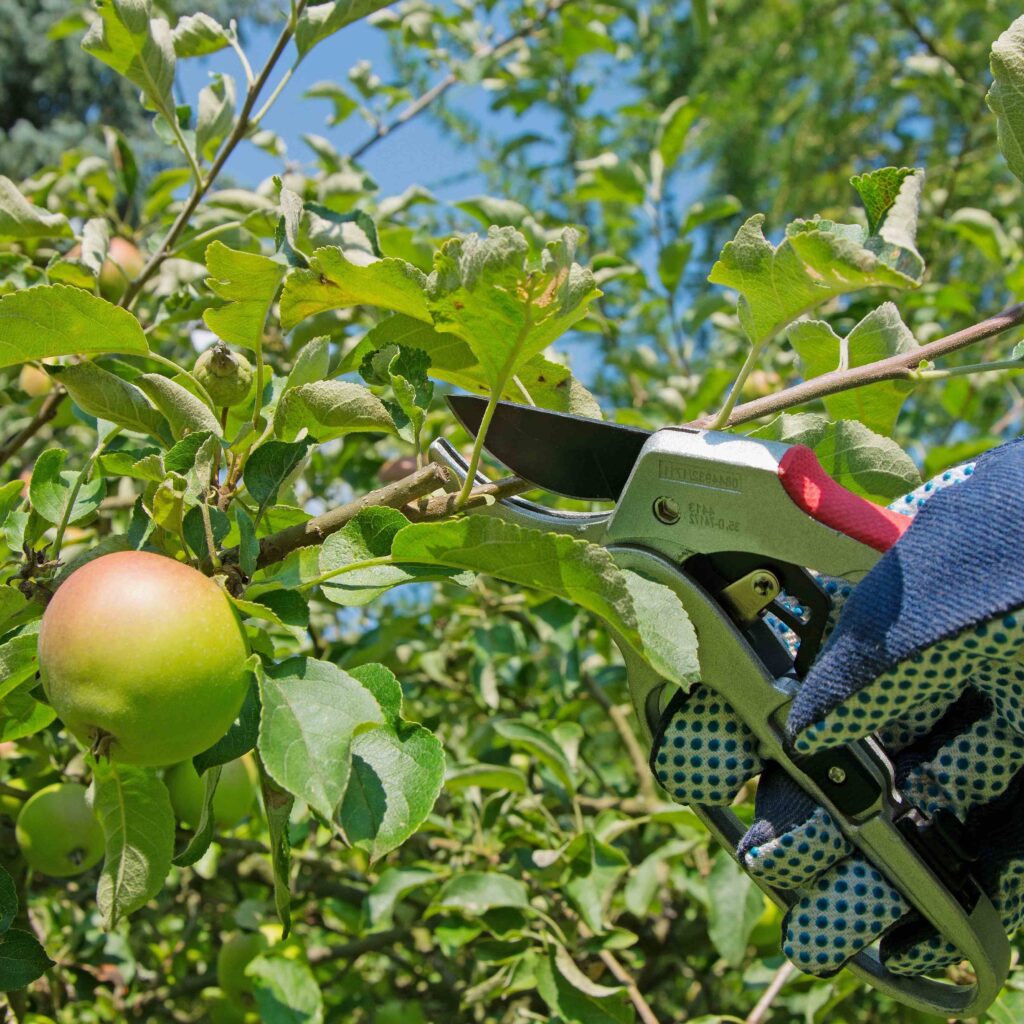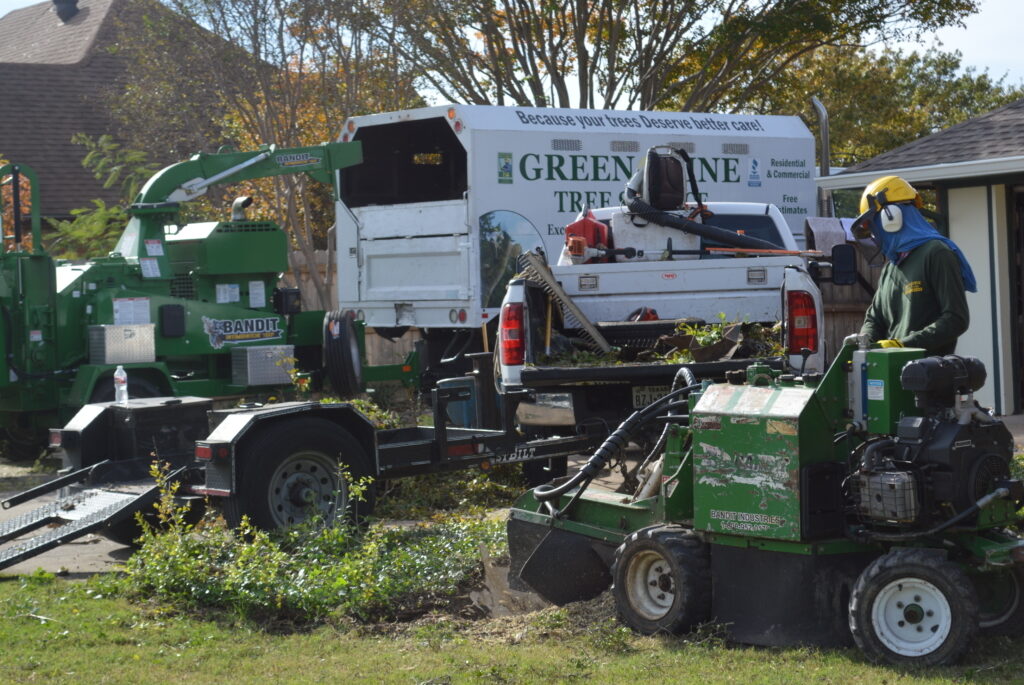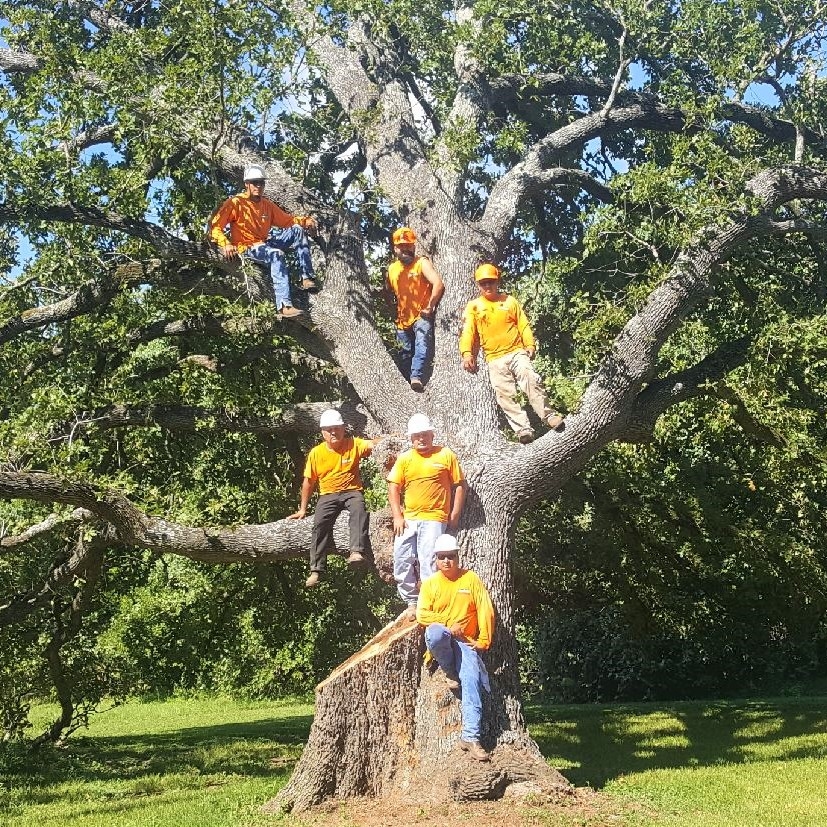Fruit Tree Pruning: A Complete Guide
Pruning fruit trees may seem daunting, but with the right know-how and a little practice, it becomes second nature. Whether you’re looking to increase fruit production or just keep your trees healthy, understanding the right pruning techniques can make all the difference. Let’s dive into everything you need to know about fruit tree pruning.
What is Pruning?
Pruning is the process of selectively removing parts of a plant—whether it’s branches, buds, or roots—to improve its health, growth, or appearance. For fruit trees, it’s essential for encouraging new growth and ensuring a good harvest.
Why is Pruning Important for Fruit Trees?
Pruning fruit trees isn’t just about aesthetics; it plays a vital role in the health and productivity of the tree. Pruning improves sunlight penetration, removes diseased or dead wood, and encourages the growth of stronger, more productive branches.
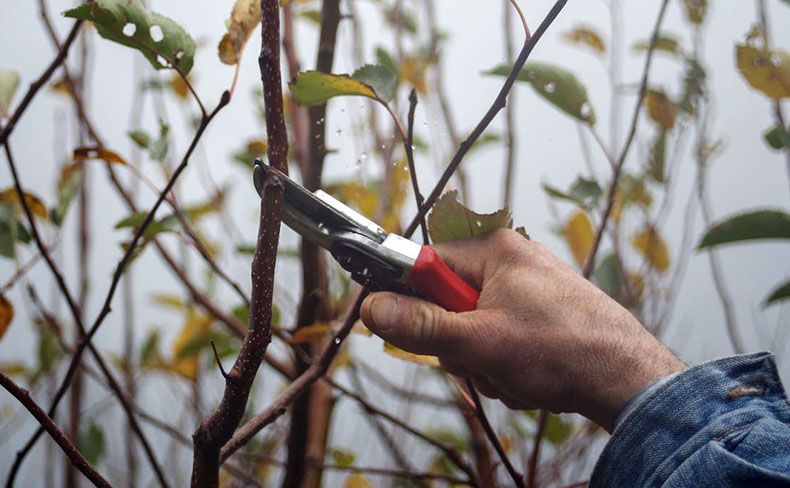
When to Prune Fruit Trees
Timing is everything when it comes to pruning. Prune too early or too late, and you risk damaging the tree or reducing its fruit production.
Best Time of Year to Prune
The best time to prune most fruit trees is during the dormant season, typically late winter (before any new growth starts). During this time, trees are less vulnerable to pests and diseases, and the pruning cuts heal faster.
Pruning in Different Seasons
Winter Pruning: Best for structural work and shaping.
Summer Pruning: Helps control size and improves air circulation.
Spring Pruning: Good for removing damaged or diseased wood.
Tools Needed for Pruning
You don’t need to go overboard with tools, but having the right equipment will make pruning safer and more effective.
Essential Pruning Tools
Pruning Shears: For small branches.
Loppers: For thicker branches.
Pruning Saw: To remove larger branches.
Pole Pruners: To reach higher branches without a ladder.
Maintaining Your Pruning Tools
Keep your tools sharp and clean to ensure they make smooth, clean cuts. Sterilize them between uses to prevent spreading diseases between trees.
Types of Pruning Techniques
Different situations call for different types of pruning. Here are the main techniques you’ll use.
Heading vs Thinning
Heading: Cutting the end of a branch to stimulate growth.
Thinning: Removing entire branches to reduce density and improve air circulation.
Renewal Pruning
This focuses on removing old wood to encourage new growth, vital for keeping the tree productive.
Structural Pruning
Structural pruning is about shaping the tree, especially important in young trees to ensure they develop strong, well-spaced branches.
Rejuvenation Pruning
For older trees, rejuvenation pruning can help reinvigorate growth by removing large, old branches.
Understanding the Growth Cycle of Fruit Trees
Knowing your tree’s growth stages will help you prune more effectively.
Dormant Phase
During winter, the tree is resting and conserving energy. This is the ideal time to make significant cuts.
Growing Phase
In spring and summer, your tree focuses on producing leaves and fruit. Prune lightly during this period.
Fruiting Phase
As the fruit develops, thinning the branches can ensure each fruit gets enough sunlight and nutrients.
How to Prune Young Fruit Trees
The first few years of a tree’s life are crucial for establishing its shape.
Establishing the Tree Shape
In the early years, focus on creating an open, strong structure by removing weak or poorly placed branches.
Pruning for Strong Branch Structure
Make sure to leave well-spaced, outward-growing branches, as these will become the main framework of the tree.
Pruning Mature Fruit Trees
Once your tree is mature, the focus shifts to maintaining its shape and encouraging fruit production.
Maintaining Size and Shape
Regular pruning keeps your tree from becoming overgrown and ensures it stays manageable.
Enhancing Fruit Production
By removing unproductive branches and thinning overcrowded areas, you’ll help the tree focus its energy on producing high-quality fruit.
Common Mistakes in Fruit Tree Pruning
Even with the best intentions, mistakes can happen. Here are a few common ones to avoid.
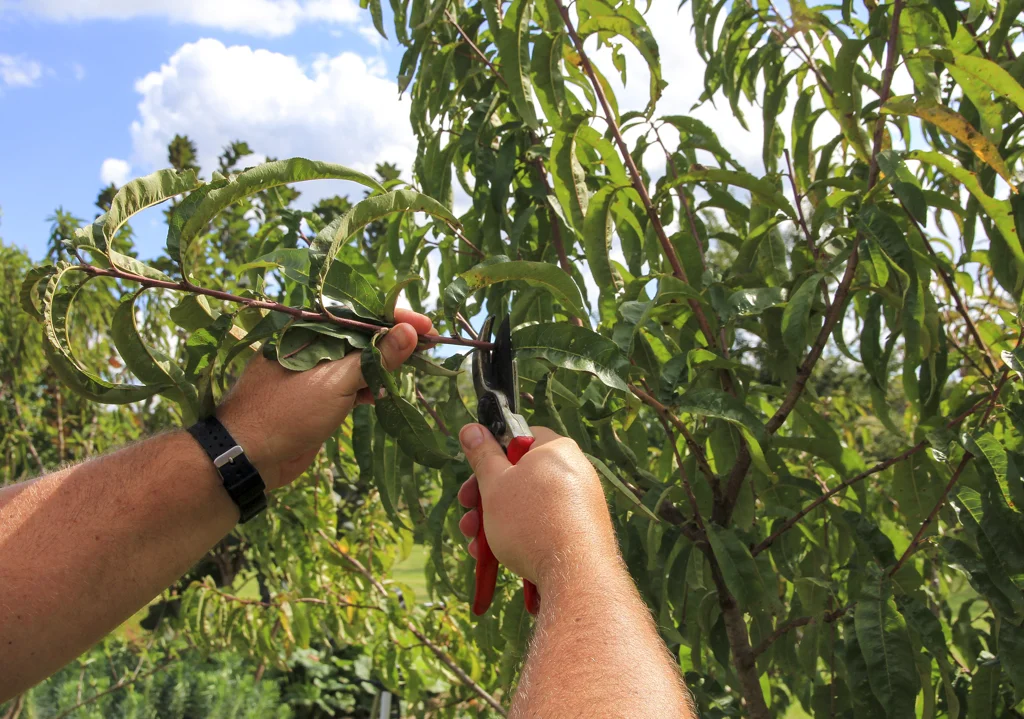
Over-pruning
Taking off too much can stress the tree and reduce fruit production.
Incorrect Cuts
Cutting too close to the trunk or leaving too much of a stub can hinder healing.
Neglecting Dead or Diseased Branches
Always remove dead, damaged, or diseased wood to keep your tree healthy.
Dealing with Dead, Damaged, or Diseased Wood
How to Identify Problematic Branches
Look for branches that are dry, discolored, or show signs of disease.
Safely Removing Damaged Wood
Make clean cuts just outside the branch collar to prevent damage to the trunk.
How Pruning Encourages More Fruit
By allowing more light to penetrate the canopy, pruning helps the tree produce more and better-quality fruit.
Thinning vs Removing Branches
Thinning helps improve air circulation and fruit quality, while removing non-productive branches reduces competition for resources.
Pruning Peach Trees
Peach trees need more aggressive pruning to maintain their shape and fruit production.
Pruning Citrus Trees
Citrus trees should be pruned lightly to avoid stress, focusing on removing dead or overcrowded branches.
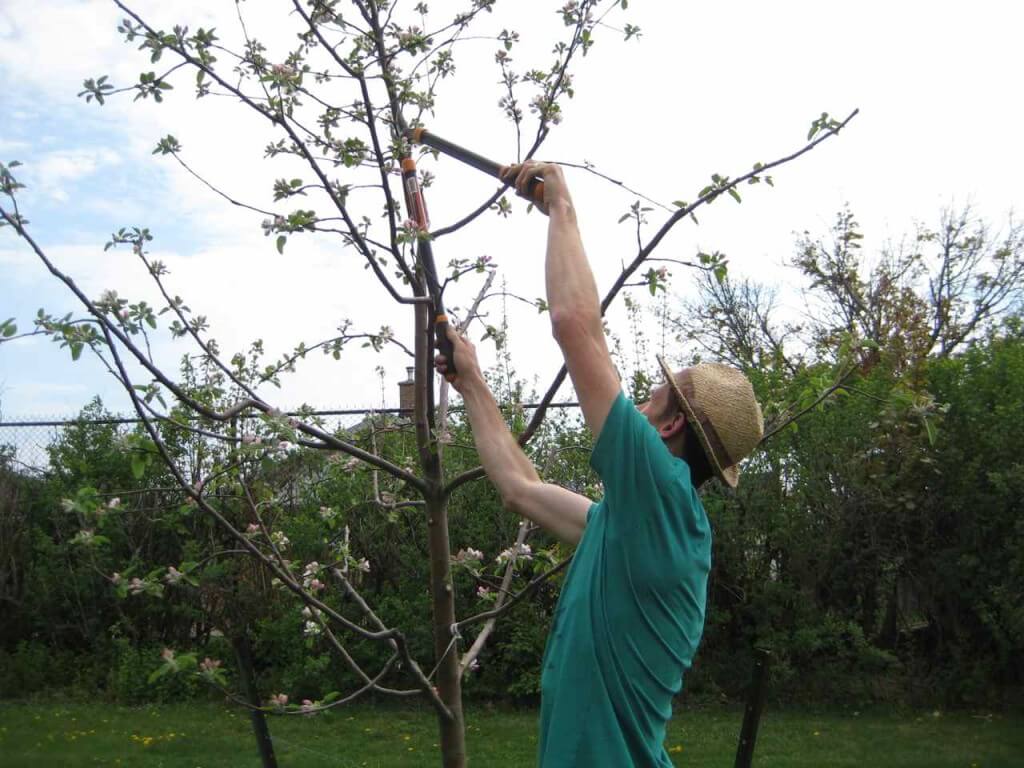
Protecting the Tree from Pests
Pruning creates open wounds, fruit tree pruning so check your tree regularly for signs of pests or disease and take action if necessary.
Benefits of Regular Fruit Tree Pruning
Better Air Circulation and Sunlight
Pruning opens up the tree, allowing more sunlight to reach all parts and improving airflow.
Increased Fruit Quality
Fewer, well-placed branches mean more energy goes into producing high-quality fruit.
Pollarding
A more severe form of pruning used to keep trees small and manageable.
Coppicing
Used mainly for ornamental purposes, this technique involves cutting the tree down to its base to encourage new shoots.
Conclusion
Pruning fruit trees is an art form that takes time and practice to master. But once you get the hang of it, you’ll see the benefits not only in the health and shape of your tree but also in the quality and quantity of fruit it produces. With the right tools, techniques, and timing, you can ensure your fruit trees thrive for years to come.
